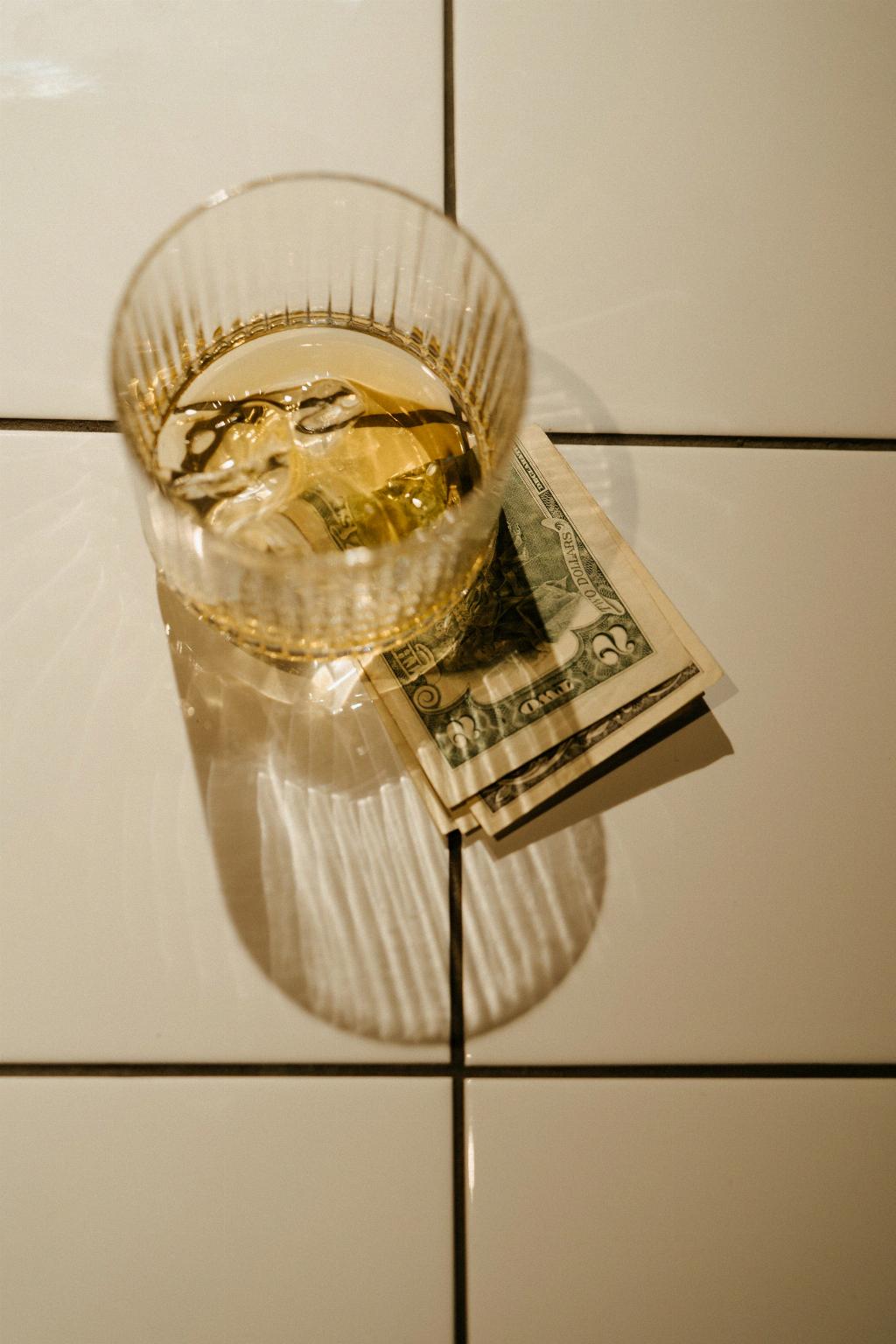When it comes to the world of painting, one of the fundamental aspects that every artist must consider is the surface on which they will apply their paint. The surface serves as the foundation for the artwork and can greatly influence the outcome of the final piece. Painters have a variety of options when it comes to choosing the ideal surface, but the most popular choices include canvas, wood, and paper.
Canvas: The Go-To Surface for Acrylic Painting
Canvas is undoubtedly the go-to surface for many painters, especially those working with acrylic paints. Canvas is available in various sizes and provides a versatile and durable surface that can withstand the application of multiple layers of paint. The texture of the canvas also adds depth and interest to the artwork. It is commonly stretched over a wooden frame known as a stretcher, making it easy to hang on walls once the painting is complete.
Wood: Traditional and Timeless
Wood has been used as a surface for painting for centuries and continues to be a popular choice for many artists today. Its natural grain and texture add character to the artwork, giving it a unique aesthetic appeal. Wood panels can be prepared with gesso, a primer that creates a smooth and even surface for paint application. This allows the paint to glide effortlessly on the wood, creating a rich and vibrant result. Artists also have the option of leaving parts of the wood exposed, incorporating it into the composition itself.
Paper: Versatile and Affordable
Paper is another surface commonly used by painters, particularly those working with watercolors or gouache. Painting on paper offers a different set of challenges and opportunities compared to canvas or wood. The absorbency of the paper affects how the paint spreads and dries, resulting in unique textures and effects. Furthermore, paper is lightweight, portable, and more affordable than canvas or wood, making it an excellent choice for artists who want to experiment or create studies.
Other Surfaces: Glass, Metal, and More
While canvas, wood, and paper are the most popular choices, artists are not limited to these surfaces. Some painters push the boundaries of traditional materials and explore alternative surfaces that add a touch of uniqueness to their work. Glass, for example, allows for the creation of transparent and layered effects, while metal surfaces can add an industrial and reflective quality to paintings. It’s all about experimenting and finding what works best for the artist’s vision and desired outcome.
Choosing the Right Surface for Your Art
Selecting the appropriate surface for your artwork requires careful consideration. Factors such as the type of paint you are using, your preferred style, and the desired longevity of the piece all play a role. It’s crucial to consider how the surface will interact with the paint, whether it will support your desired techniques, and if it aligns with the overall concept of your artwork.
Experimentation: Embrace the Possibilities
As an artist, it’s important to remember that there are no strict rules when it comes to choosing a surface for your paintings. It’s perfectly acceptable, and even encouraged, to experiment with different materials and surfaces to push the boundaries of your creativity. Don’t be afraid to try new things and explore unconventional surfaces – you never know what masterpieces may emerge from your artistic exploration.

Conclusion
So, what do painters put paint on? The answer is wide-ranging and ultimately depends on the artist’s preference, the desired effect, and the specific medium being used. Whether it’s the classic choice of canvas, the timeless appeal of wood, the versatility of paper, or the exploration of alternative surfaces, painters have a plethora of options to choose from. So, go forth and create, armed with the knowledge that the surface you choose will help bring your artistic vision to life.
